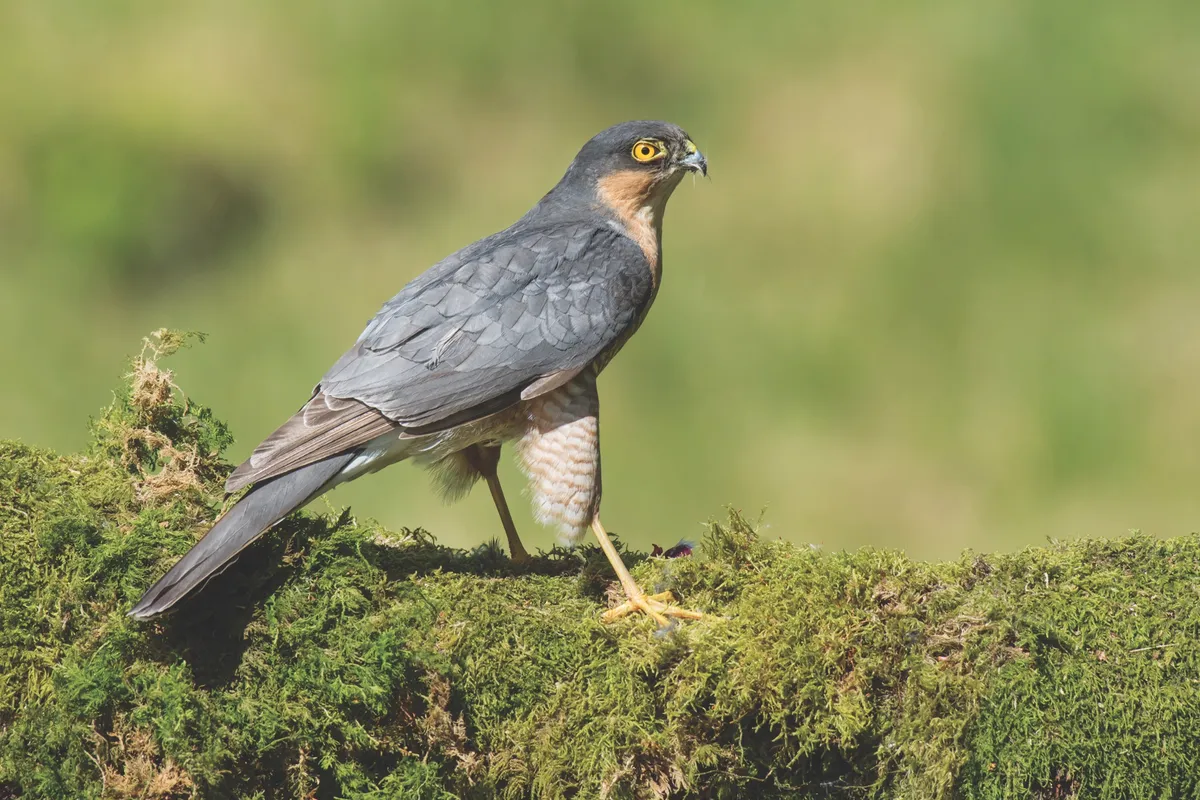Cape Town has Table Mountain, Edinburgh has Arthur’s Seat, and Belfast has Cave Hill. It’s one of those mandatory excursions and no visitor or local should spend long in the city without making the trip to the top.
Rising to 368m, the eastern slopes of Cave Hill are cut into a series of plunging cliffs. Some 3,000 years ago, the loftiest promontory was home to McArt’s Fort, a prehistoric ceremonial ring fort. Today it’s popularly known as Nelson’s Nose, a reference to its distinctive, face-like profile when viewed from the south.

The hill is part of Cave Hill Country Park, a 300-hectare site on the north-west edge of the city, which includes Belfast Castle and Belfast Zoo. Rising directly from urban streets, the park is well served by
city buses.
Into the Wild
By far the best way to explore the area is to follow the three signed walking trails. The most dramatic route is also the longest: the 7km Cave Hill Trail includes 270m of ascent, and takes around two-and-a-half hours to complete.
Beginning from Belfast Castle, follow green waymarks through deciduous woodland. The terrain becomes rougher as you emerge from the trees and pass beneath the sheer basalt precipice, the face of which is pockmarked by five man-made caves.

Climb past a hollow known as the Devil’s Punchbowl, below the largest cave and on to the wild, northern shoulder of Cave Hill. Bluebells carpet the hillside in spring, with wild orchids blooming later in the summer. The mountainous terrain feels miles from suburbia, until you reach McArt’s Fort and are rewarded with an incredible panorama over the city and coastline. The Antrim Hills and Mourne Mountains are both visible in the distance.
The route contours high along the hillside for a while, before looping back to the start past an old quarry and more woodland. Having descended back to street level, you’ll never look at Belfast in the same way again.
